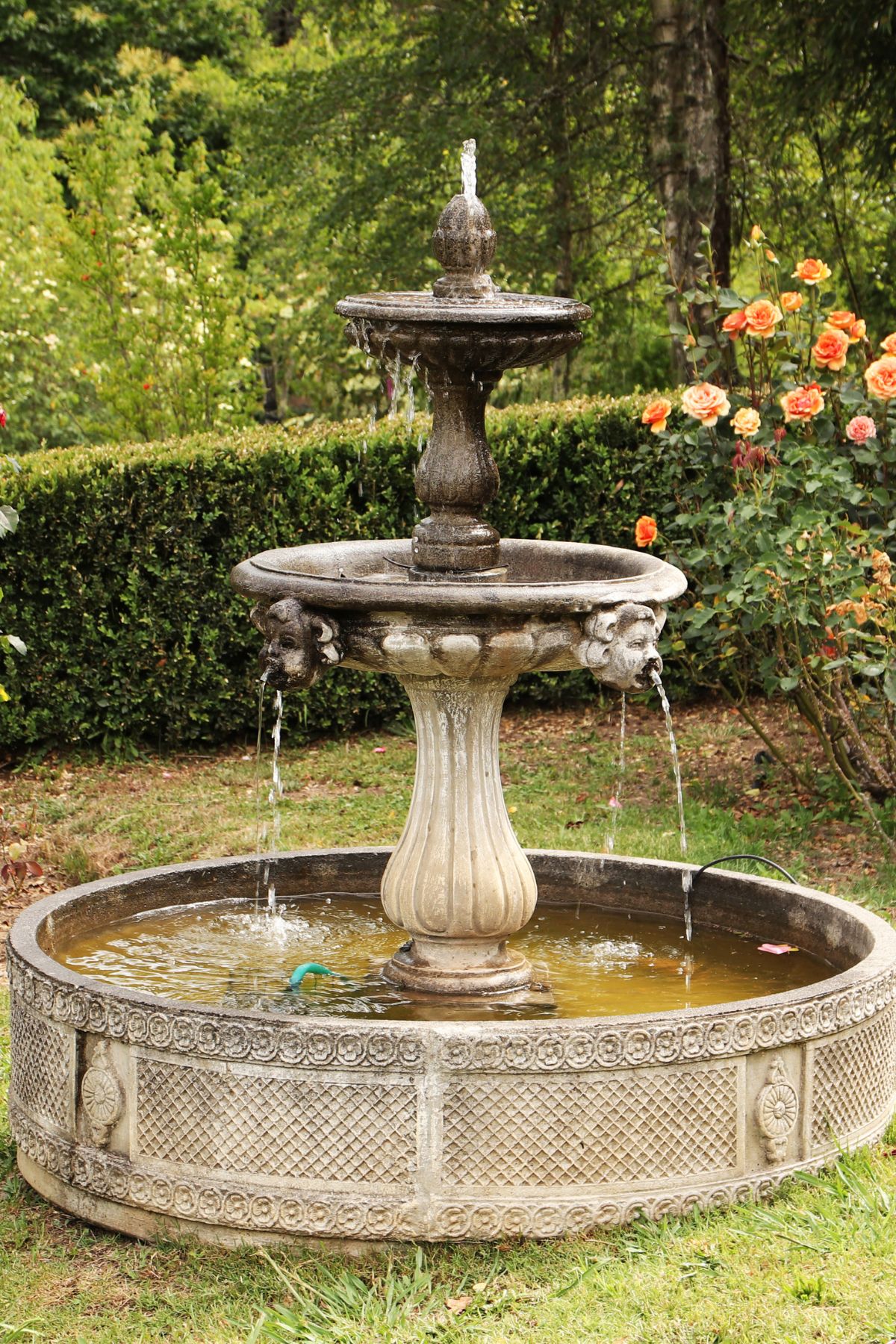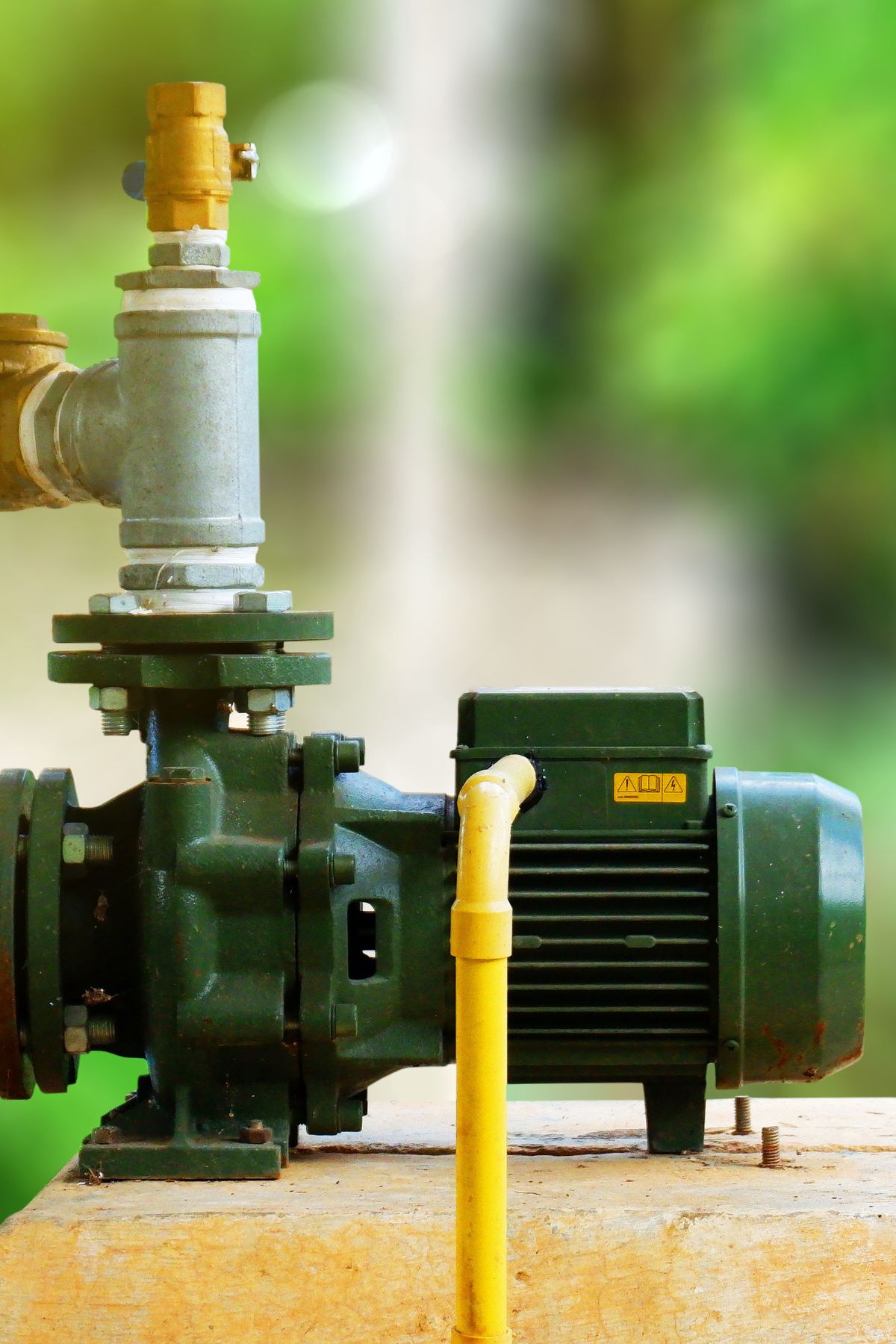Choosing the right pump for your water feature just got easier thanks to this Water Fountain Pump Size Calculator.
Water Fountain Pump Size Calculator
Whether you’re building a peaceful backyard fountain, a bold centerpiece for your garden, or a cascading waterfall, proper pump sizing is crucial to getting the effect you want — without wasting energy or water.
Many first-time fountain owners underestimate how important it is to size the pump correctly. Use a pump that’s too weak, and the water may barely bubble over the edge. Use one that’s too powerful, and you may end up with water spraying everywhere — or worse, damaging your system. That’s why our Water Fountain Pump Size Calculator is such a game-changer: it balances flow rate, lift height, pipe friction, and fittings to recommend the right pump capacity for your specific setup.
In this article, we’ll walk you through why pump sizing matters, what inputs you’ll need for accurate calculations, and how our calculator works behind the scenes. You’ll also get a sample walkthrough and practical tips to ensure your installation is a success.

Why Pump Sizing Matters
When building a fountain, choosing the right pump isn’t just about making water move — it’s about achieving the perfect flow, sound, and aesthetic. The Water Fountain Pump Size Calculator ensures that your fountain performs exactly the way you envision it by helping you match pump specifications with your design’s needs.
If your pump is undersized, the water may only trickle from the fountain head, failing to produce the intended visual or sound effects. On the other hand, an oversized pump might create an overwhelming splash, increase water loss from overspill, or even damage more delicate fountain components. An improperly sized pump can also drive up energy consumption or lead to early wear and tear.
The main specifications to balance when sizing a pump include:
- Flow Rate: Measured in gallons per hour (GPH) or liters per hour (LPH), this determines how much water moves through your fountain.
- Head Height (or Vertical Lift): This is the vertical distance the pump must push water, from the reservoir up to the fountain spout.
- Friction Loss: Caused by the resistance in your pipe and fittings, this reduces flow efficiency and increases the required pump capacity.
The Water Fountain Pump Size Calculator accounts for all these factors. It prevents common missteps, like choosing a pump based solely on advertised GPH without considering how height and plumbing affect real-world performance. It also simplifies complex engineering concepts for everyday users — making your fountain both efficient and beautiful.
Even for small backyard fountains, accurate sizing results in smoother operation, lower maintenance, and better longevity. It’s not just about having water flow — it’s about having it flow well.
What Inputs Are Needed for the Calculator?
The Water Fountain Pump Size Calculator works by combining several key inputs to give you a tailored pump recommendation. Each of these parameters reflects an important design feature of your water fountain, and understanding them ensures a more accurate, efficient, and satisfying setup.
Here’s a breakdown of the inputs you’ll need:
1. Desired Flow Rate (GPH or LPH)
This defines how much water you want your fountain to circulate per hour. As a rule of thumb, for a gentle bubbling effect, you’ll need about 100 GPH per inch of spout diameter. A more dramatic or cascading effect might require significantly more.
2. Head Height (Vertical Lift)
This is the vertical distance from the surface of the water (where the pump is located) to the highest point the water must reach — typically the fountain spout or nozzle. The higher the lift, the more powerful the pump needs to be.
3. Pipe Length
The total length of pipe the water must travel affects resistance. The longer the pipe, the more friction the pump must overcome, especially in narrow piping.
4. Pipe Diameter
Narrower pipes increase water velocity, which boosts friction loss. Wider pipes reduce this resistance. Our calculator lets you input custom pipe diameters to reflect your exact design.
5. Number and Type of Fittings
Each bend, tee, or valve in your plumbing adds turbulence and drag. The calculator uses an internal lookup table to account for common fittings like:
- 90° and 45° elbows
- Tee (run and branch)
- Check valves
- Gate valves
You simply input the type, count, and diameter of fittings used.
6. Nozzle Head Loss (Optional)
Certain nozzles or spray heads create back pressure to achieve specific water patterns. Our calculator lets you enter an estimated loss (in feet) if known. If you’re unsure, you can leave this at zero or use typical values based on nozzle specs.
7. Cable Length
While not used in the hydraulic calculation, cable length affects your setup’s practicality. Make sure your chosen pump can reach the power source safely and without strain.
By gathering these details, the Water Fountain Pump Size Calculator simulates your system’s real-world resistance, resulting in a much more accurate Total Dynamic Head (TDH) and helping you choose a pump that won’t underperform — or overpower — your fountain.

How the Calculator Works
At the core of our Water Fountain Pump Size Calculator is a process called Total Dynamic Head (TDH) estimation. TDH represents the real-world pressure your pump must overcome — not just the height it needs to lift water, but also the resistance from pipes, fittings, and any nozzle effects.
Let’s break it down:
Step 1: Calculate Static Head (Vertical Lift)
This is the easiest part — it’s simply the vertical distance from the pump to the fountain outlet. This sets the baseline lift required.
Step 2: Add Friction Loss from Pipe Length
Every foot of piping causes resistance due to internal surface drag. The narrower and longer the pipe, the more friction. Our calculator uses established hydraulic formulas and empirical data to add this loss based on:
- Pipe material (assumed to be PVC by default)
- Pipe diameter (entered by user)
- Pipe length
Step 3: Add Losses from Fittings
Fittings like elbows and tees create turbulent flow, increasing resistance. Each type of fitting has an equivalent length value (called “K-value” or “head loss coefficient”) used in calculating the additional loss. You enter:
- The type of fitting
- The number used
- The diameter
The calculator uses this data to estimate equivalent pipe length and convert it into additional head loss.
Step 4: Optional Nozzle or Feature Head Loss
If you’re using a decorative nozzle, bell head, or spray attachment, some pressure is required just to pass water through it. This is often specified by the manufacturer in feet of head, and you can enter it directly into the calculator.
Step 5: Compute Total Dynamic Head (TDH)
All the above are summed:
TDH = Vertical Lift + Pipe Friction Loss + Fitting Loss + Nozzle Loss
This TDH is the minimum head rating your pump must handle at your desired flow rate.
Step 6: Recommend Max Head Rating
We multiply the TDH by a safety factor (typically 1.5) to suggest a Max Head Rating for your pump. This ensures the pump still performs under real-world conditions or minor miscalculations.

Tips for Choosing and Installing Your Pump
Once the Water Fountain Pump Size Calculator gives you the specs you need, the next step is selecting the right pump model and installing it properly. Here are some expert-backed tips to help you avoid common pitfalls and get the most from your setup.
1. Choose a Pump That Matches — or Slightly Exceeds — Requirements
Always select a pump whose performance curve meets or slightly exceeds the Total Dynamic Head (TDH) and flow rate calculated. Too small, and your fountain will underperform; too large, and you risk overspray, excess noise, or premature wear. A small margin over the recommended specs allows for minor design tweaks or future upgrades.
2. Check the Pump Performance Curve
Each pump model has a chart showing how much flow it delivers at different head heights. This is crucial! A pump might advertise 600 GPH, but that could drop to 200 GPH at 6 feet of head. Always check the flow at your actual TDH, not just the zero-lift maximum.
3. Consider Submersible vs. External Pumps
- Submersible pumps are easier to install and maintain in smaller features. They’re quiet and compact, sitting inside your reservoir or basin.
- External pumps are better for larger fountains or when easier maintenance access is needed. They stay dry and are often more energy-efficient.
4. Double-Check Tubing and Fittings Compatibility
Make sure the discharge size of the pump (the outlet where tubing attaches) matches your tubing diameter. Many pumps come with adapter fittings for multiple sizes — but it’s worth confirming before installation day.
5. Don’t Skimp on Cable Length
Measure from the bottom of the reservoir to your power outlet, factoring in the pump’s path and routing slack around rocks or landscaping. Too-short cords are a hassle — or a safety hazard. Always leave extra.
6. Consider a Flow Control Valve
Some pumps come with built-in flow adjusters. If yours doesn’t, consider installing an inline valve. It allows you to fine-tune water output without changing pumps.
7. Keep Debris Out
Use a pump with a pre-filter or place it inside a pump vault or mesh bag. Debris clogs reduce flow rate and can wear out the impeller prematurely.
By keeping these tips in mind, you’ll ensure that the pump you choose performs reliably and efficiently for years to come. The Water Fountain Pump Size Calculator sets you on the right path — but it’s smart installation and maintenance that brings your water feature to life.
Conclusion
Finding the right pump doesn’t have to be complicated — especially with the Water Fountain Pump Size Calculator as your guide. By simplifying a highly technical process into a user-friendly tool, it empowers anyone — whether a weekend DIYer or a landscape designer — to size a fountain pump accurately and confidently.
The calculator combines the most important factors: flow rate, head height, pipe layout, and fitting resistance. It also allows for customization with nozzle effects and even considers practical concerns like cable length. This not only ensures a smooth, beautiful water flow but also helps extend pump life and reduce wasted energy.
Whether you’re designing a charming tabletop fountain, a medium-sized garden feature, or a multi-tiered cascading structure, having the right pump is the difference between disappointment and delight. The calculator saves you time, prevents costly mistakes, and lets you focus on the beauty and tranquility of your finished fountain.
So, before heading to the store or placing an order online, plug your project details into the Water Fountain Pump Size Calculator. It’s like having a pump expert in your pocket — no plumbing degree required.
